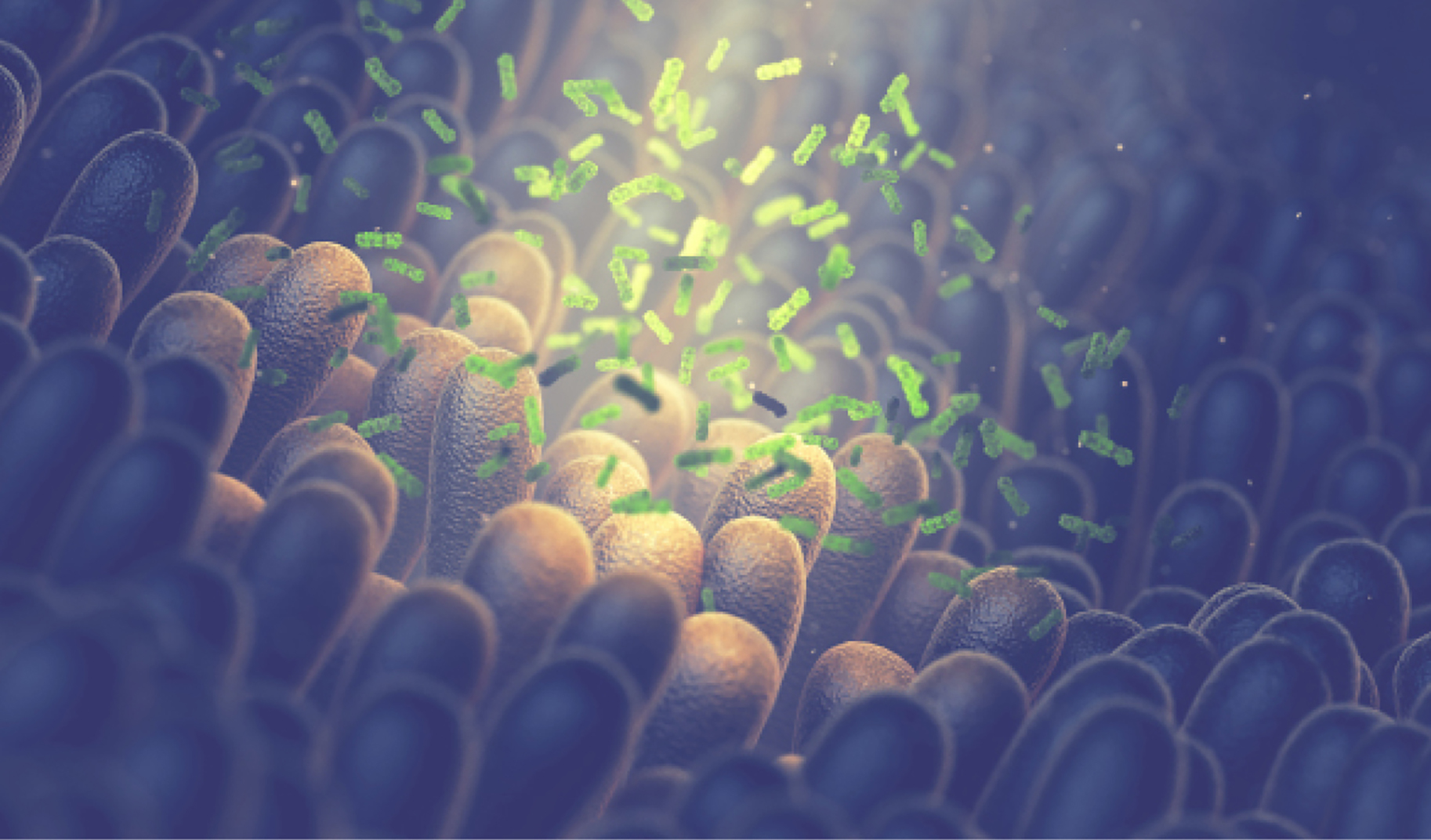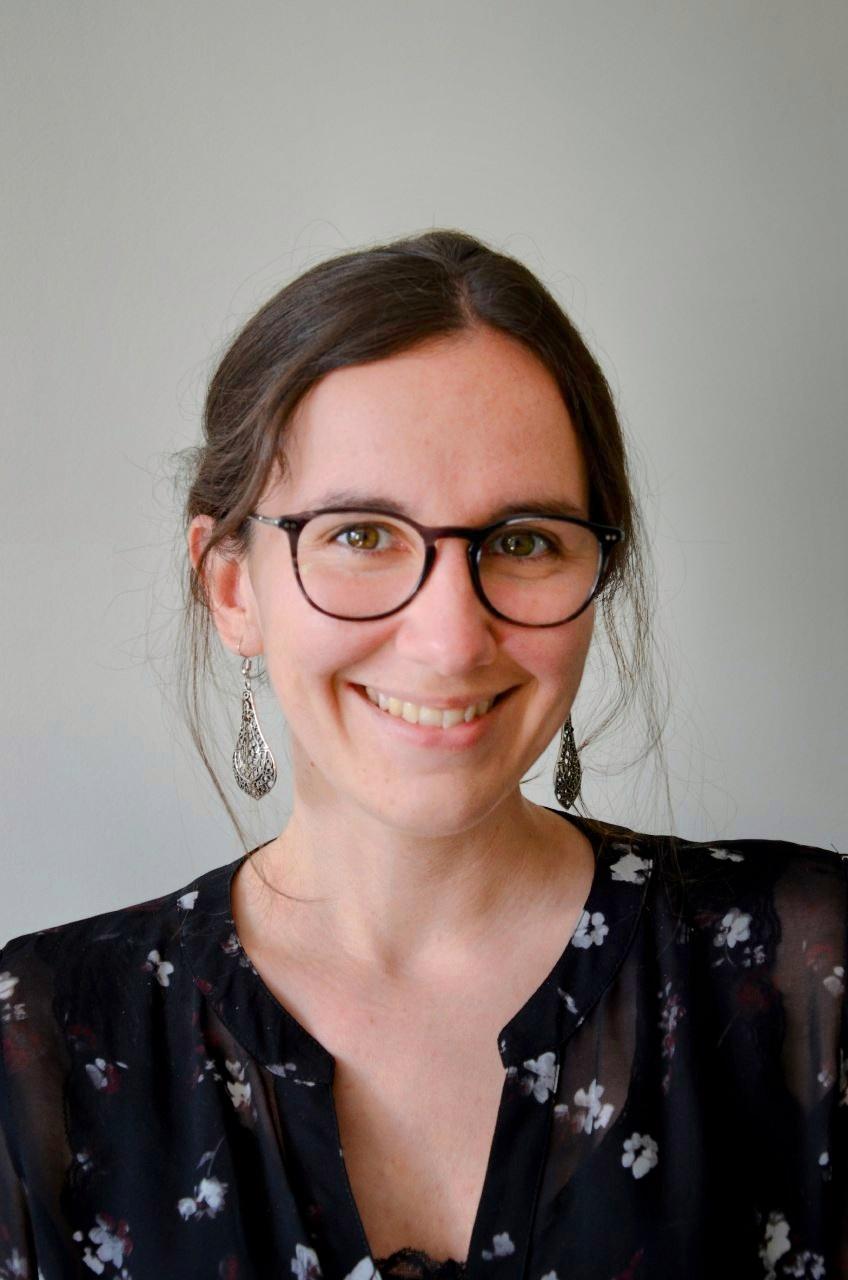SLIMMEST - on the border between biology, mathematics and IT
Date:
Changed on 25/11/2021

What are microbiota ? Microbiota are defined as communities of living micro-organisms found in a given ecosystem. There are many such ecosystems, which vary in terms of their environment, their size and their composition. We even have microbiota inside us ! Take your intestine, for example, which is an ecosystem inhabited by a large number of micro-organisms which work together to ensure stability and to keep your system running like a well-oiled machine. The intestine is part of the digestive tract, serving as an interface between the bolus and the cells which line its walls.
The vast array of bacteria found within this tract increase in number as a person ages, and are also affected by changes to their diet, by their health and by their environment. These microbiota play a number of different roles: not only are they required for digestion, helping us to absorb components our bodies need, but they also help our immune systems. We can see, therefore, just how important it is to understand these microbiota and to be able to identify the interactions and mechanisms taking place inside them.
In order to understand how microbiota work, scientists have to ask a number of questions : what is there ? How much of it is there ? What does it do ? How does it do it ?
A great deal of interest is paid to gut microbiota in systems biology, linked as they are to major health concerns. This is the focus of the research carried out in Bordeaux by Clémence Frioux, a researcher at Inria, and Simon Labarthe, a researcher at the Inrae (the French National Institute of Agricultural Research), both of whom are members of the Pleiade project team.
The approach taken by the two scientists to the subject blends mathematics with bioinformatics. Coming from two different backgrounds, Frioux and Labarthe employ different but complementary tools. “ We weren’t necessarily asking the same questions on this subject ” explains Frioux. But as they discussed their approaches and the questions they were asking, they came up with the idea for a new collaboration.
In order to answer the questions asked about microbiota, you first have to identify what the microbiota are made up of and what the relevant quantities are. These are questions which science is now able to provide answers to. But when it comes to determining what does what and how, things start to get more complex. It is not yet possible to observe gut microbiota in situ and to see exactly what is happening there. There are so many varieties of bacteria and so many interactions between bacteria and between varieties that it is not possible to see the inner workings of the machine in real-time. The issue here is that understanding the machinery is key if you want to be able to fix it when it breaks down. Reproducing the exact environmental conditions of microbiota in vitro is not easy, and so scientists employ a different approach involving simulation and modelling. IT and maths provide assistance when it comes to researching and understanding these environments and the mechanisms which govern them.
When it comes to modelling microbiota, there are a number of challenges facing research. To attempt to overcome these, Frioux and Labarthe have just been given the opportunity to set up an exploratory action, an initiative promoted by Inria for the development of innovative, risky or ground-breaking research.
The problem is that there are limits to the conventional approaches used to model microbiota, which either work with models with few species of micro-organisms (where the calculation becomes overly complex for microbiota with several hundred species) or for determining feasible biochemical functions (where you lose the ability to track the spatio-temporal dynamics of the microbial species in the environment).
The aim of this exploratory action, which has been given the name SLIMMEST, is to overcome these obstacles through a combination of logical approximation and the metamodeling of certain models. Through the exploratory action initiative, they will soon be able to count on the support of two postdoctoral researchers for this ambitious project.
“ Short-term we would like to produce a first model of the gut microbiome in its environment, carefully modelling the spatial mechanisms of what is happening in the gut ”, explains Labarthe.
Longer-term, another ambition is to work with biologists to simplify certain microbiota by selecting those bacteria which play the most prominent role. Doing so will allow them to create an in silico model which will enable them to explore a whole host of hypotheses by limiting the number of animals included in the experiment.
Watch this space !

Clémence Frioux studied for a PhD in IT at the University of Rennes 1. She then spent time as a postdoctoral researcher at the Quadram Institute Bioscience in Norwich in 2019, prior to joining the Inria project team Pleiade in 2020.

Simon Labarthe has been a researcher at the Inrae since 2014 and joined Pleiade in 2020. Having studied for a PhD in applied mathematics and scientific computing as part of the Carmen project team at the Inria Bordeaux Sud-Ouest research centre, he was awarded an Agreenskills grant (Marie Skłodowska-Curie Actions) during a placement at UC Davis in 2018-2019.